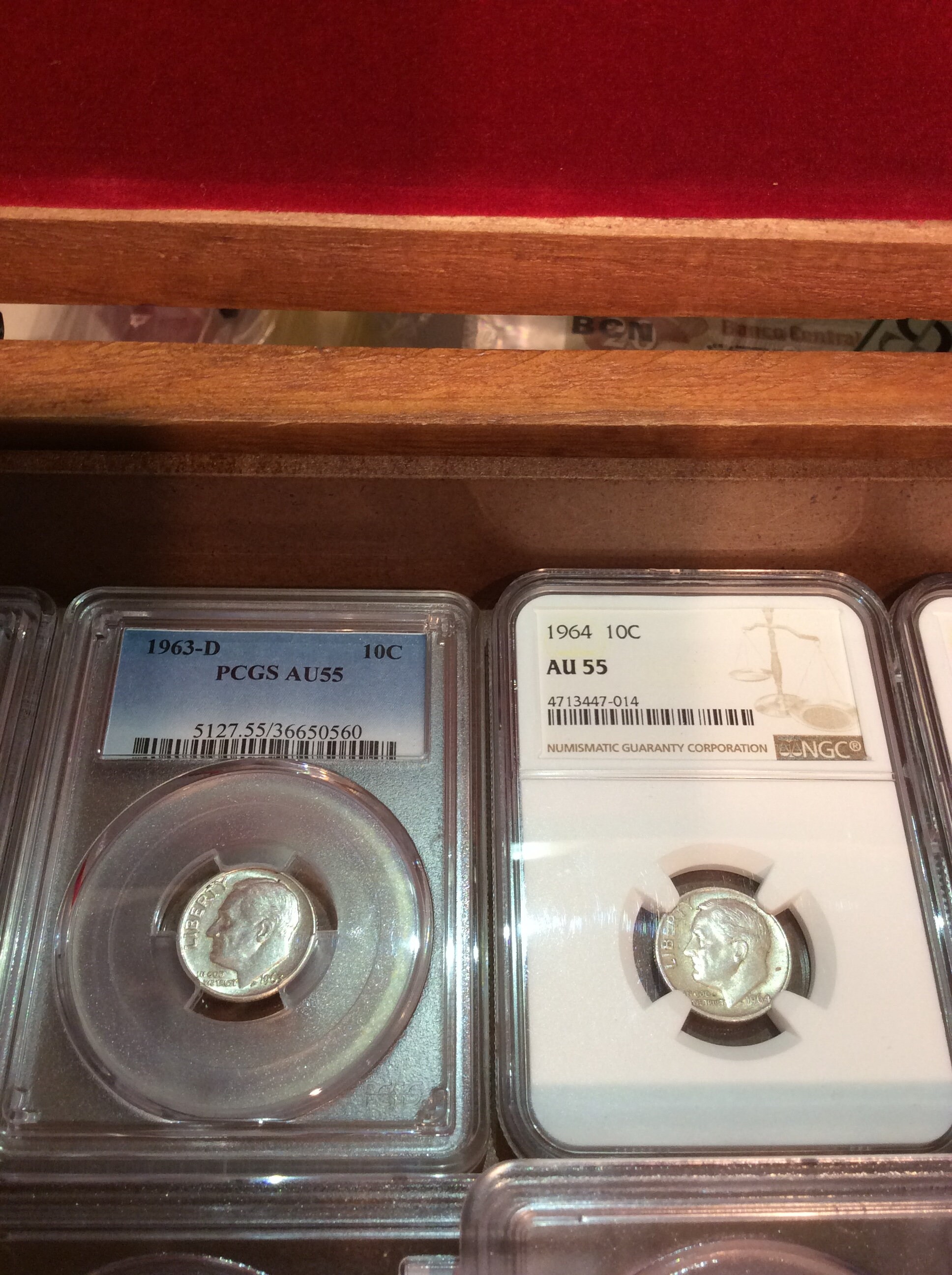Treasure Hunting: Identifying Scarce American Coins
For numerous hobbyists and aficionados, scarce American coins symbolize not just a potential monetary investment but a fascinating glimpse into the past. The appeal of discovering a coin that holds significant worth due to its rarity can be both exciting and rewarding. Whether you are someone who has been collecting for years or are just starting your journey into the realm of numismatics, understanding how to recognize these precious items is essential.
In this article, we will examine the main attributes and traits that can assist you in identifying rare U.S. coins. From understanding mint marks and historical significance to recognizing unique design elements, we will provide you with the knowledge needed to improve your treasure hunting journey. Join us as we dive into the exciting realm of scarce currency and learn how to uncover hidden treasures in your own collection or while exploring the market.

Types of Rare US Coins
When exploring the world of rare U.S. coins, it is important to identify the various categories that are present. One notable class is the classic coins, which typically include those minted prior to the 20th century. Instances include the eighteen-oh-four Draped Bust dollar and the 1909-S V.D.B. Lincoln penny. These coins are greatly desired by collectors due to their cultural significance and limited supply, frequently achieving high prices at bidding events.
A different type includes error coins, which are minted with flaws during the manufacturing process. These errors can range from double strikes to improperly centered designs. The 1955 double die Lincoln penny is a famous example, valued for its singular characteristics. Collectors regularly hunt for these coins not only for their rarity but also for the stories behind their creation.
Finally, there are commemorative coins, which are issued to honor noteworthy events, people, or places in U.S. history. Coins like the nineteen eighty-six Statue of Liberty silver dollar and the 200th anniversary of the U.S. Capitol coin are notable examples. While some commemorative coins were produced in large quantities, specific editions or variations can be quite rare and valuable, making them desirable to collectors.
Ways to Identify Valuable Coins
Spotting valuable U.S. currency requires a fusion of knowledge, study, and sharp attention to detail. Commence by familiarizing yourself with the various types of coins minted throughout U.S. time, such as pennies, five-cent pieces, dimes, quarters, and fifty-cent coins. pcgs certified rare u.s. coins dealer about the notable years that are recognized for producing valuable versions. For example, certain mint marks and their historical significance can considerably affect a coin's rarity and value.
After that, analyze the quality of the currency. Coins are assessed based on their physical condition, and this grading can greatly impact their market value. Look for signs of usage, like marks, fading, or the general sharpness of the details. Coins that are preserved in mint state demand higher prices, while those that show considerable wear may not be as desirable. Tools like the Sheldon scale can help you determine the grade and, consequently, the scarcity of the coin.
Finally, employ reliable resources for research. Books, online databases, and coin catalogs can supply valuable information about the details of valuable U.S. currency. Participating in local or online coin clubs can also link you with seasoned collectors who can offer knowledge and advice on identifying valuable currency. Interacting with experts will boost your skill to recognize and value the nuances that make specific coins unique and collectible.
Tips for Profitable Coin Hunting
To enhance your probability of discovering rare U.S. coins, start by informing yourself about distinct coin types and their significant significance. Familiarize yourself with traits that define rarity, such as limited production, unique errors, and favored series. Participate in numismatic events, enroll in local coin clubs, and engage yourself in coin collecting literature to broaden your understanding. Knowledge is your greatest asset in spotting coins that are worth pursuing.
When looking for coins, investigate a diversity of venues. Explore flea markets, yard sales, and estate sales, as these places often contain hidden treasures ready to be unearthed. Additionally, online platforms can be a veritable goldmine, but use caution and verify the legitimacy of coins before making a purchase. Creating relationships with local dealers can also yield fruitful results, as they may share information or notify you to new arrivals.
Always approach your coin hunting with calmness and a keen eye. Take your time to study each potential find closely and don’t hurry into a decision. Use tools like loupes or coin guides to aid your assessment. Keeping a comprehensive record of your findings will help you monitor the coins you encounter and their corresponding values, allowing you to improve your search strategy in the future. Joyful hunting!